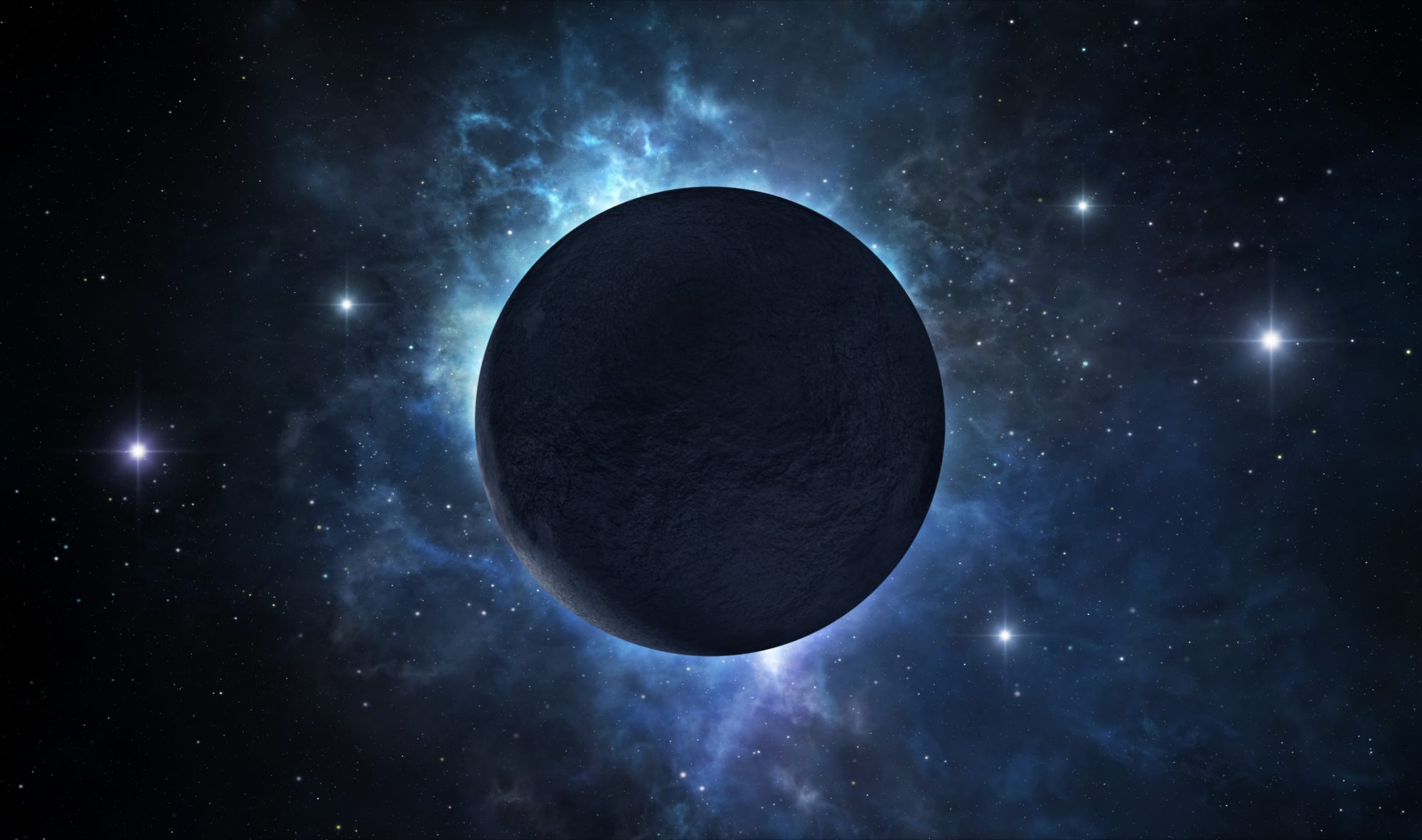Reanalysed telescope data has shown that planets may begin forming earlier than previously expected
In a new study, astronomers have uncovered new clues about planet formation. These new findings suggest that the process may start earlier in a star’s life than scientists previously believed.
The findings are based on an enhanced analysis of existing radio telescope data, utilising an advanced imaging technique that sharpens the view of distant star systems in their early stages of development.
Looking into the cradle of stars
Planets form within swirling disks of gas and dust, known as protoplanetary disks, which encircle young stars, also referred to as protostars. These disks, rich in cold molecular gas and fine particles, provide the raw material from which planets eventually coalesce. However, observing the actual moment or early signs of planet formation has always been a challenge for astronomers.
Young planets are often too small to be detected directly, and many protoplanetary disks are too distant to be observed in detail.
Instead, astronomers look for indirect evidence, such as rings, gaps, or spiral patterns within the disk. These indicate the gravitational presence of a forming planet.
Until now, these structures have been primarily detected in disks that have already undergone significant evolution. This raised questions about when, in a star’s life, these planet-forming features first appear.
New tools from old data
The research team, led by Ayumu Shoshi from Kyushu University and the Academia Sinica Institute of Astronomy and Astrophysics, revisited public data from the ALMA (Atacama Large Millimetre/submillimeter Array) radio telescope in Chile to get a better understanding of this.
ALMA is known for its ability to peer through space dust and observe the cold regions of space where stars and planets form.
Using new, more sophisticated image processing techniques, the team reexamined observations of 78 protoplanetary disks in the Ophiuchus star-forming region, located about 460 light-years from Earth.
Because of these improved methods, over half of the reanalysed images achieved over three times the resolution of previous versions, revealing fine details that had been missed before.
Early planet signs are more common than expected
The enhanced images revealed ring or spiral patterns in 27 of the 78 disks. Fifteen of these structures had not been seen in earlier analyses. These newly identified disks show planet-forming activity in the very early stages of a star’s development, sometimes just a few hundred thousand years after the star’s birth.
The researchers also found a trend: disks larger than 30 astronomical units (au) in diameter were more likely to show these substructures. (One au is the average distance between Earth and the Sun.) This suggests that planets may begin to form while the disks are still rich in gas and dust, during the earliest phases of stellar evolution.
Rewriting the timeline of planet formation
These results challenge the original idea that planet formation occurs later in a star’s life. They suggest a more dynamic picture in which planets start to take shape as their host stars are still forming. This not only changes our understanding of how planetary systems like our own form but could also influence the search for habitable worlds beyond Earth.
